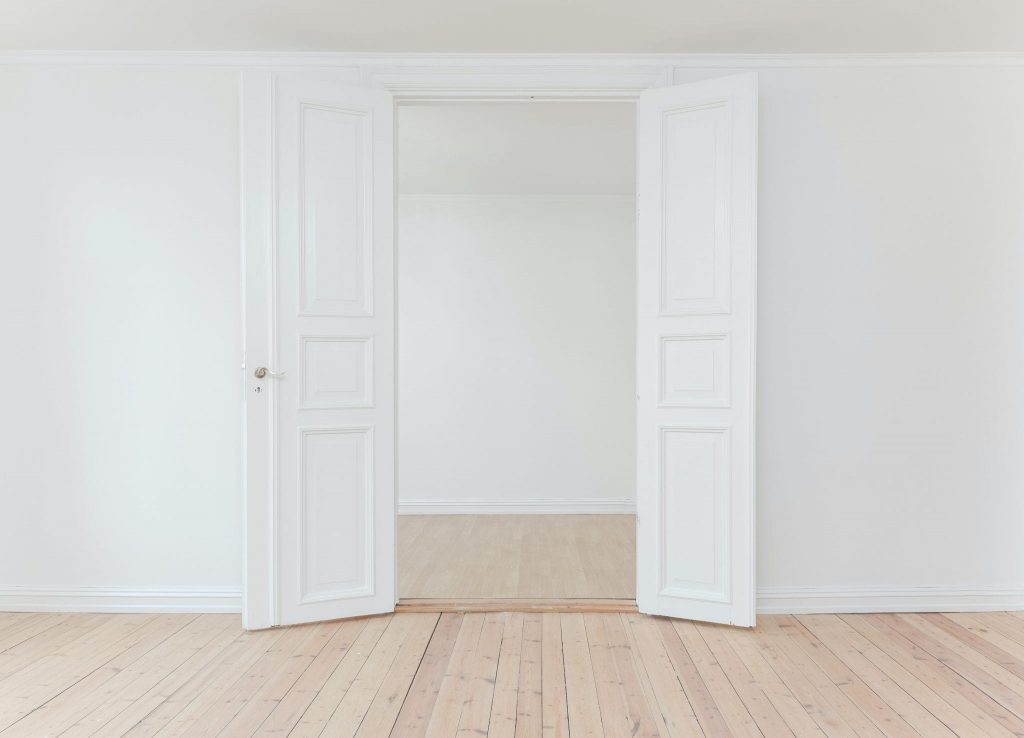
The trend towards “smart consumption” and the proliferation of the Internet and gadgets are changing people’s perceptions of the number of items that are really needed in everyday life. There is enough information on the laptop screen, many people come home only to spend the night, and therefore there is often a need to reduce the “visual noise”.
If you think that a bathrobe thrown on a chair contradicts the interior, and want to hide extra things in the closet, if prefer spaces full of air and light, appreciate clear geometry and clean lines and do not like cluttered rooms, most likely, you are a fan of minimalism. In such a space there is almost nothing, except the surfaces that are neatly joined, and harmoniously combined shades and materials. And this is the main complexity of the style because the work on the interior requires special care: the joints of surfaces, seams, and knots – everything must be done neatly and accurately so that nothing, as a result, does interfere with the view.
Thoughtful storage
Minimalism does not dictate planning: you may have an apartment with a combined living room and kitchen, a closed dressing room, or a large pantry. In any case, to maintain the purity of style, you need to think about storage areas. Ideally, of course, for items that are not suitable for the interior and eventually accumulate in any family, it is better to allocate a separate room. But if the area and layout include only cabinets, they need to be “dissolved” in the room. Do not make handles on the facades of storage systems: people who come to visit you at first will not even realize that there is a closet in front of them, they will think that it is just a beautiful wall with a mirror or textured wooden panel.
Natural materials
Minimalism “recognizes” only natural textures. It is better to use concrete, stone, wood, metal, glass in facing. Especially often should be using wood for storage systems, used for fragments of walls. The texture of the wood is always a unique calm “ornament” that can not get bored and at the same time adds comfort and naturalness to the minimalist interior.
Concise accents and textiles
In order for minimalism not to seem sterile and faceless, it needs accents. You can decorate one of the walls with paintings or photographs. Minimalism prefers large forms in the decor: when choosing vases and sculptures, focus on the sizes M, L, XL.
As for textiles, curtains and bedspreads should be selected so that they do not stand out, but dissolve in the interior, ie correspond to the shades of the walls or furniture.
The style is characterized by several ways of decorating windows: blinds; thin as parchment, roller blinds, which are installed on the frame; traditional “rolls” of denser fabric, fastened on top of the window, and, of course, curtains. The main advice in decorating fabrics – pick them at the end of the repair, when the cladding is finished and the furniture is selected.
Correct white
White and shades of gray for minimalism seem obvious. However, pure white is very cold and depressing if you cover all the walls with it. So, use warm white, similar to milk with a drop of coffee.
Reflected light
When designing lighting, which also affects the perception of color in the interior, minimalism strives to ensure that the lamps are not visible, that the light is reflected, that is, direct its source to the surface, which, in turn, reflects the rays and gives them a new hue. However, if you want to use an additional element in the room that will work as an art object, you should not hide the lamps. Especially if from all variety of devices in the style of minimalism you picked up something interesting on design.
Advice: do not install such lamps too close to each other. Start with the urgent needs (top light, local – for reading) and the mood you want to create.
Picture Credit: Unsplash



